Geneva 2011
Summary
Lotus announces a consolidation of the current models, including a lightweight Elise, an IPS Evora (auto) and a Supercharged Evora with IPS. There is also the Bespoke Evora a design study collaboration between Hethel and Mansonry. Motorsport is represented by an F1 car and the Evora Enduro. A new Esprit is also shown.
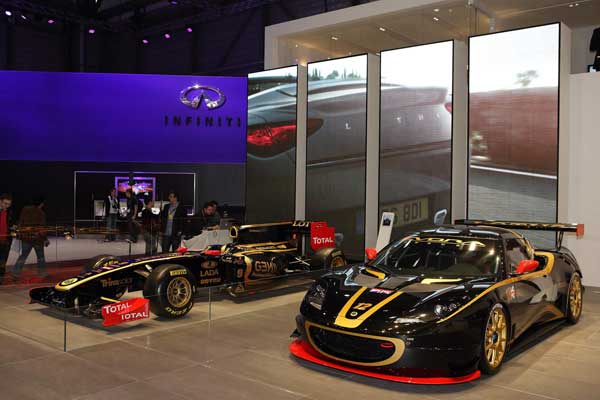
Enduro - The Evolving Evora
The Evora Enduro GT concept car is an evolved version of the podium placing Evora GT4 Endurance.
The Enduro has been developed by Lotus Motorsport under the expert eye of Lead Designer Nicola Scimeca.
The Enduro will be the base point from which the GT2/GTE homologated cars for FIA (Federation Internationale de l'Automobile) and ACO (l'Automobile Club de l'Ouest) endurance racing will be built.
Lotus Motorsport intend to contend the following endurance events this year:
23 – 26 June 2011 Nürburgring ADAC 24 Hour Race (GER)
28 – 31 July 2011 Spa 24 Hour Race (BEL)
8 & 9 October 2011 Silverstone 24 Hour Race (GB)
The 24 hour races in Dubai and Daytona are on the list for 2012.
The Evora Enduro can be bought by private individuals and adapted for racing.
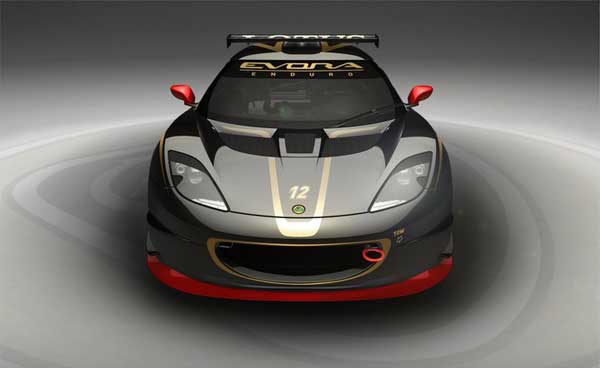
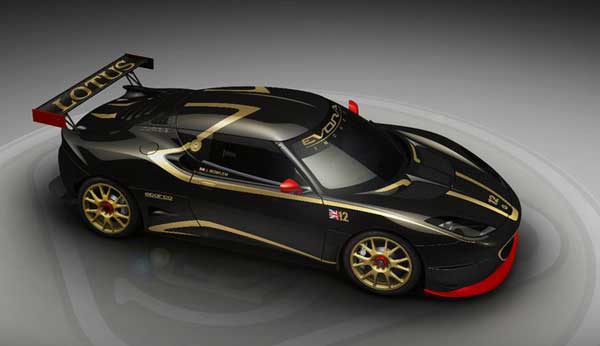
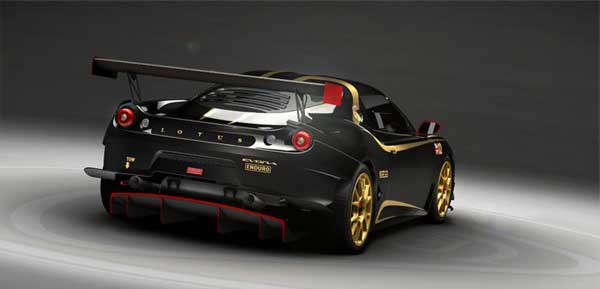
Power comes from a 4.0-liter 2GR-FE Cosworth-tuned dry-sump V-6 engine, with maximum output of 440 horsepower at 7,000 rpm and 332 pound-feet of torque at 5,500 rpm. Unladen weight for the car starts from 2,561 pounds, making it light enough to meet minimum weight in most classes.
The rear wheels get their power from the engine through an XTRAC 426 six-speed sequential gearbox. An optional pneumatic paddle-shift system can be fitted. Handling comes down to a forged double wishbone layout, four-way adjustable Ohlins TTX36 dampers, coaxial coil springs, increased camber, and adjustable anti-roll bars. Mated with racing slicks, it should prove formidable, especially with its mid-engine layout.
Braking is handled by Alcon six-pistons up front and four-piston rears, clamping two-piece discs at both ends. Forged aluminum 18x8.5-inch wheels in front and 18x10-inch wheels out back hold the rubbery meats in place.
The car also features fire suppression, HANS-compatible six-point harness, Cosworth Omega instruments, and polycarbonate windows.
Evora
The uncompromising award-winning Lotus Evora gets more power and an IPS option
The Lotus Evora, now available in two versions - the Evora and the Evora S - is regarded as one of the most exciting and genuinely useable sportscars on the market today. Both cars have a 3.5 litre V6 engine and both produce seamless and phenomenal performance. So the obvious question is, whats the difference between the two?
The answer in a word is supercharger. The Evora S has 350 PS (345 hp) and 400 Nm (295 lbft) of torque, courtesy of a supercharger which gives acceleration of 4.8 seconds to 100 km/h (4.6 seconds to 60 mph) and a maximum speed of 277 km/h (172 mph) and the Evora has 280 PS and tops out at a quick at 261 km/h (162 mph) whilst returning a class leading 199 g of CO2 per km!
The Evora S comes with a sport pack as standard featuring a sport button which allows the driver to control throttle response and activate the exhaust by-pass valve. The sport button also raises the instantaneous rev limit and changes the dynamic stability control settings resulting in a total experience change. There are cross-drilled brakes for improved cooling. And heres a heads up for those who buy into the old adage you can tell the men from the boys by the size of their toys: the external emotion of the Evora S has been improved with a completely new active exhaust which means that at the push of a button the car sounds just as dramatic as it feels.
Dany Bahar Lotus Chief Executive Officer summed it up by saying: You dont realise what you were missing from your driving experience until you get behind the wheel of the Evora S.
So apart from the obvious power difference, how is the Evora S different to the Evora? Its another question we put to the CEO (given that hes spent a little time behind the wheel, we thought hed be best placed to answer questions). This is what he said: Its the next level of Evora experience. It communicates even more with you, the suspension setting has been fine tuned for added power and control so it responds even more to your direction. Its an instinctual car, the experience is pure.
Evora IPS (Intelligent Precision Shift) option
Now available for the Evora is the IPS (Intelligent Precision Shift) option. This option is an automatic 6-speed gearbox with Lotus developed transmission control with a 3.5 l V6 engine delivering 280 PS assuring a superior automatic driving experience.
The IPS version of the Evora allows the driver to switch between manual paddle shift and automatic drive modes. The driver also has the option of selecting sport mode which showcases the Lotus sport driving experience allowing the driver to really feel each gear shift and be in complete control of the transmission.
Commenting on the development IPS option, Dany Bahar said: The Evora IPS is set to broaden the appeal of the Evora and reach out to a slightly different market. We expect it will be popular with established automatic locations such as Asia, the Middle East and the US. Its been a long time since Lotus created an automatic and weve spent a great deal of time refining this one to make sure that it perfectly complements the Evora drive experience.
We are proud of the whole Evora range, each versions does the true Lotus experience justice. With a wider selection of options, the Evora will appeal to a broader audience, even those who dont want to use their left foot to change gear! With higher quality levels, more options available and all round improvements to the whole range, its a taste of what people can come to expect from the next generation of Lotus cars - performance through lightweight, style, comfort and efficiency.
Bespoke Evora
Mansory Lotus Evora At the 2011 Geneva Motor Show, Mansory and Lotus team up to show off a customized version of the Lotus Evora. In a short press release, Lotus was quick to point out that it will not be showing a facelift to the Evora, which has recently been rumored. “Let’s be clear on this: contrary to media reports, what you’ll see in Geneva is NOT an Evora facelift,” Lotus said. “It’s a taste of the future of Lotus product customisation. Merely the first toe in the water and a showcase of the potential future.” An upgraded, redesigned Lotus Evora is expected to be revealed before the end of 2011.
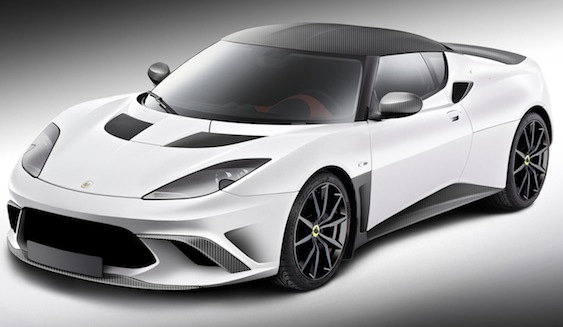
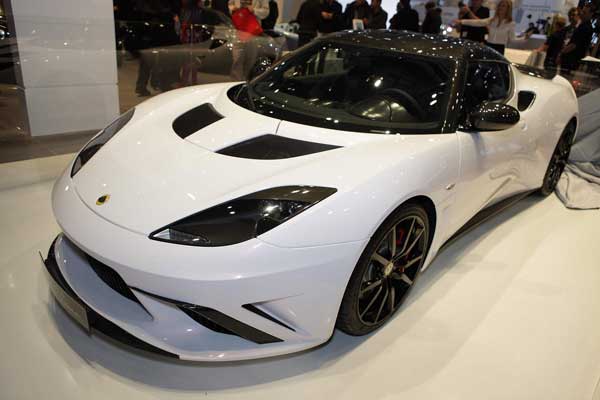
Club Racer
FRIDAY, FEBRUARY 18
True to its heritage, Lotus has unwrapped a new lighter version of its entry-level Elise 1.6 called the Club Racer. Even in stock form, the Elise is one of the lightest production sports cars in the market tipping the scales at just 876 kg or 1,931 pounds, but the company's engineers put the open top model on a crash diet and managed to shed a further 24 kg or 53 lbs.
Lotus says the engineers behind the Elise Club Racer took a stripped-to-the-bare-bone approach with a motorsport derived lightweight battery and the deletion of noise insulation.
In addition to the weight savings, the Club Racer is the first Elise variant to come with a Sport setting for the DPM (Dynamic Performance Management), which according to Lotus, "allows even the less experienced sports car drivers to feel at the top of their game, while the ability to switch it off completely will please the more established track orientated drivers". The car also features finely tuned sport suspension, an adjustable anti-roll bar, Eibach springs and Bilstein dampers to improve both road and racetrack enjoyment.
The British automaker's Chief Technical Officer, Wolf Zimmermann, commented:
“The traditional Lotus approach of reduction and purity has lead to one of the most zeitgeist and contemporary sports cars around. For over 15 years the Lotus Elise has become an icon in the sports car market, carving out a niche market with a dedicated following of lightweight fans. The new Club Racer will definitely give these people something extra to get their teeth stuck into. This car epitomises everything that’s cool about the Elise – it’s fast, raw, responsive and a huge amount of fun to drive.”
Power for the new Elise Club Racer is provided by the standard model's 1.6-liter four-cylinder unit delivering 134HP at 6,800 rpm and 160 Nm or 118 lb-ft of peak torque at 4,400 rpm.
The car wil be available in a choice of six colours: Sky Blue, Saffron Yellow, Ardent Red, Aspen White, Matt Black and Carbon Grey.
Priced at £27,500 / €34,450 / CHF48,900, the Elise Club Racer marks the new entry level sports car from Lotus. And with the Elise standard of just 149g CO2/km plus the weight reduction, the new Club Racer provides maximum fun without so much of the green-guilt usually associated with high performance driving.

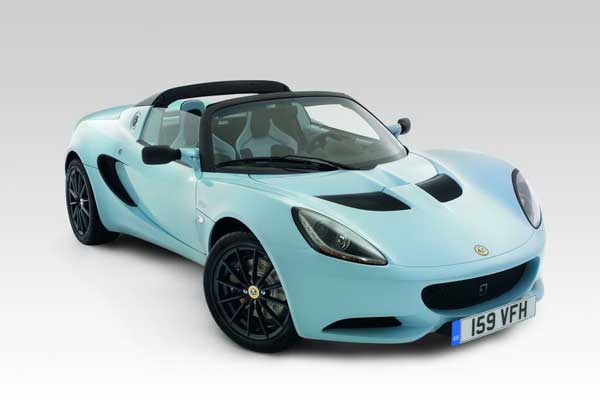
City Car
Lotus head Dany Bahar says that the City Car will arrive in production form for an October 2013 launch date.
The City Car rides on a platform developed for a range-extended hybrid powertrain. A 1.2-liter three-cylinder engine powers electric drive motors, which are mated to a single-speed transmission. This means that around town, the Lotus City Car will be able to run solely on battery power, while the gasoline engine can kick on for needed assistance if necessary.
Lotus is planning to build three versions of the City Car; one for Asia, a European version and eventually a sportier model.


